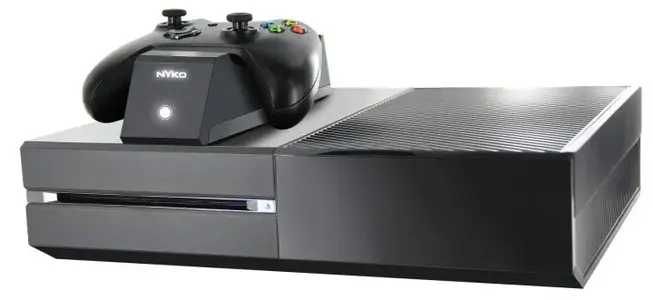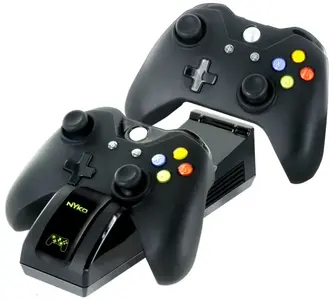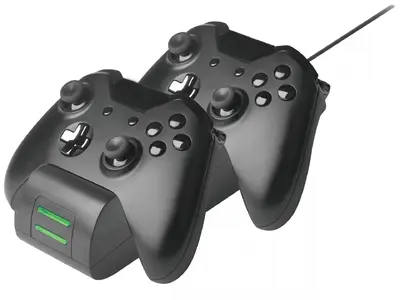Over the Christmas break, hacking group
H4LT leaked the November 2014 Xbox One development tools, firmware and documentation, giving us a fascinating insight into the evolution of the console since its inception. The latest upgrades rolled out reveal that game-makers now have access to a seventh CPU core, as Microsoft continues to roll-back the background system reservation, giving more processing power to game-makers.
Up until recently, both Xbox One and PlayStation 4 have reserved two entire CPU cores (out of eight available) in order to run the background operating system in parallel with games. Since October, Microsoft has allowed developers access to 50 to 80 per cent of a seventh processing core - which may partly explain why a small amount of multi-platform titles released during Q4 2014 may have possessed performance advantages over their PS4 counterparts in certain scenarios.
However, there's no such thing as a free lunch, and the additional CPU power comes with conditions and trades attached - however, there is the potential for many games to benefit. Firstly, developers need to give up custom, game-specific voice commands in order to access the seventh core at all, while Kinect's infra-red and depth functionality is also disabled. Secondly, the amount of CPU time available to developers varies at any given moment - system-related voice commands ("Xbox record that", "Xbox go to friends") automatically see CPU usage for the seventh core rise to 50 per cent. At the moment, the operating system does not inform the developer how much CPU time is available, so scheduling tasks will be troublesome. This is quite important - voice commands during gameplay will be few and far between, meaning that 80 per cent of the core should be available most of the time. However, right now, developers won't know if and when that allocation will drop. It's a limitation recognised in the documentation, with Microsoft set to address that in a future SDK update.
Across most gaming applications, GPU power takes precedence over CPU, but it must be remembered that both PS4 and Xbox One are based on x86 processors designed primarily with mobile and low-power applications in mind, and don't compare favourably with desktop PC chips in terms of raw performance. With processing resources at a premium, clearly the more CPU power given to console developers, the better. The ability to tap into more processing power could
perhaps explain why Assassin's Creed Unity
runs smoother on Xbox One than it does on PS4, and also why
traffic-heavy junctions in GTA 5 see a smaller hit to performance on the Microsoft console. It may also explain this curious presentation slide from the developers of ACU, showing a 15 per cent CPU advantage to Xbox One compared to PS4.









